Metal and single-use bamboo cutlery are linked to higher GHG emissions than its plastic counterparts when used in commercial aviation, according to the last scientific paper published by UNESCO Chair in Life Cycle and Climate Change ESCI-UPF’s researchers in the reputed journal ‘Science of the Total Environment’. They recommend solutions to be application-oriented and not material-oriented.
The last paper published by the UNESCO Chair in Life Cycle and Climate Change ESCI-UPF bears a simple yet controversial idea: when considering air transport, lightweight is paramount. Under the scope of the LIFE Zero Cabin Waste project, funded by the European Commission, PhD candidate Gonzalo Blanca-Alcubilla reports the Life Cycle Assessment (LCA) of different cutlery options -metal, single-use plastic or single-use bamboo- to find the heavier alternatives contribute a lot more to climate change than the lighter.
As in any LCA study, conclusions can only be directly connected to the original scope. Thus, the present analysis assesses the impact of different cutlery options provided by the Spanish branch of in-flight catering company Gate Gourmet, in flights over 2500 km, when catering is offered in tourist class, operated by Iberia, the leading Spanish airline.
Under the conditions of the analysis, the environmental impact on climate change of single-use Polystyrene (PS) cutlery was found to be 80% lower than the commonly used steel reusable ones. The trick? the metal pack (a spoon, a fork and a knife) weights 71 grams, while the plastic alternative weights only 6 grams. The take-home lesson: when going airborne, every gram counts.
One might find a few grams can not be so relevant, but keep in mind each year 7.7 billion passengers (short scale) travel by plane worldwide, according to the Airport Council International. In 2016 alone, 1522 tonnes of tourist class menus were served in Iberia aircraft landing at Madrid Barajas airport, Spain. Taking into account that, in a typical menu pack, 51% by weight corresponds to packaging and tableware -such as cutlery-, over 750 tonnes of potential waste were taken up to the sky. This was almost the weight of 12 Airbus A320 airliners.
The European ban on single-use plastics
Researchers, led by the Chair Director Pere Fullana-i-Palmer, warn the future European regulation, banning single-use plastics broadly by 2021, can have a negative impact on sustainability. The ban will affect single-use plastic cutlery, cotton buds, straws and stirrers, many of those currently present in in-flight catering.
So far, no other alternative to the plastic tableware has shown a better environmental profile than lightweight plastic items, and researchers are worried about an avoidable increase in emissions when catering companies will be forced to move towards other, less environmentally friendly materials.
Besides, as Blanca-Alcubilla points out, “the European ban on single-use plastics will be put into action to avoid marine littering, but plane mobility is a rather closed system and all waste generated in a flight is or can be easily collected and managed by certified companies”. None of it should be really at risk of ending up thrown into the sea in developed countries.
“We know that recommending a plastic-based solution is a controversial issue nowadays and microplastics in the food chain are a big issue, but we are in a climate emergency and we cannot invest in changes leading us in the wrong way”, highlights Dr Fullana-i-Palmer. Blanca-Alcubilla admits he is “surprised” too, and challenges the whole society to think out of the box. If a truly circular solution could be implemented, introducing full recycling in the equation, there would be mostly benefits in using light single-use plastic items in aviation.
However, current regulations on how to process cabin-waste are very strict, and force incineration or landfilling as only options for security reasons, delaying an integral solution. Changes in those regulations are not currently being considered by the European authorities and won’t be in the short term, so the future will probably see other attempts to produce non-plastic lightweight tableware, in an effort to turn aviation more environmentally friendly.
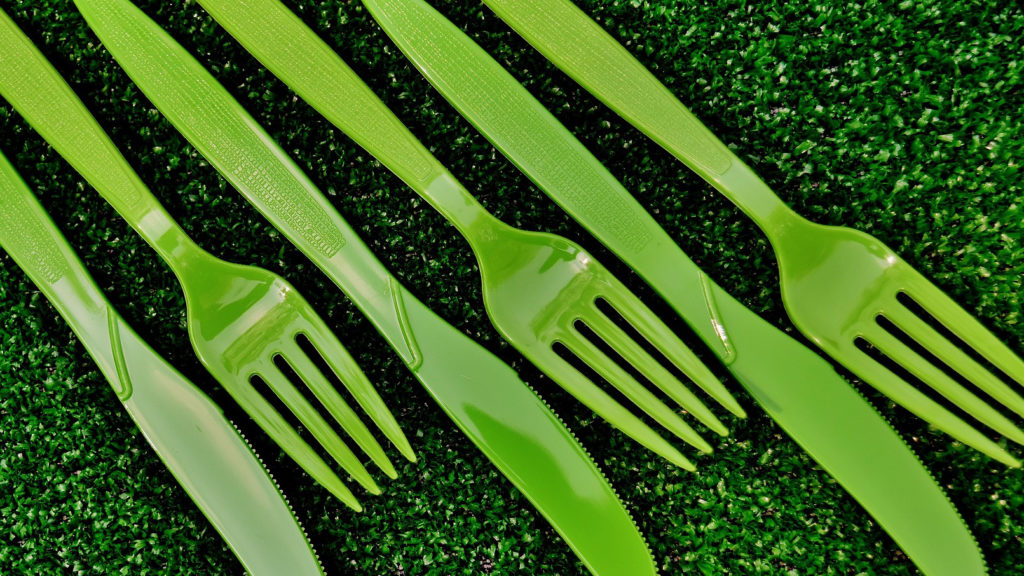
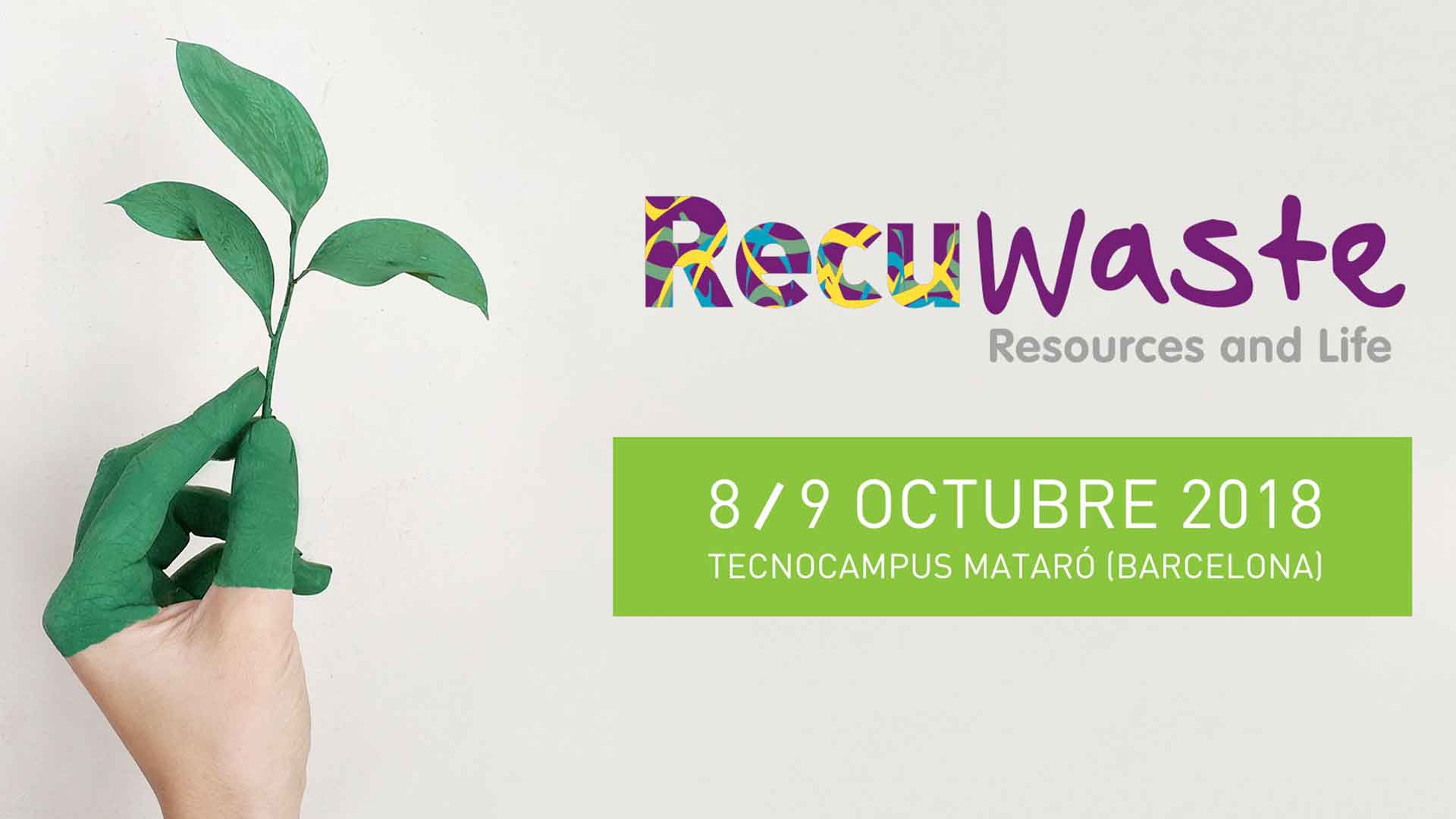
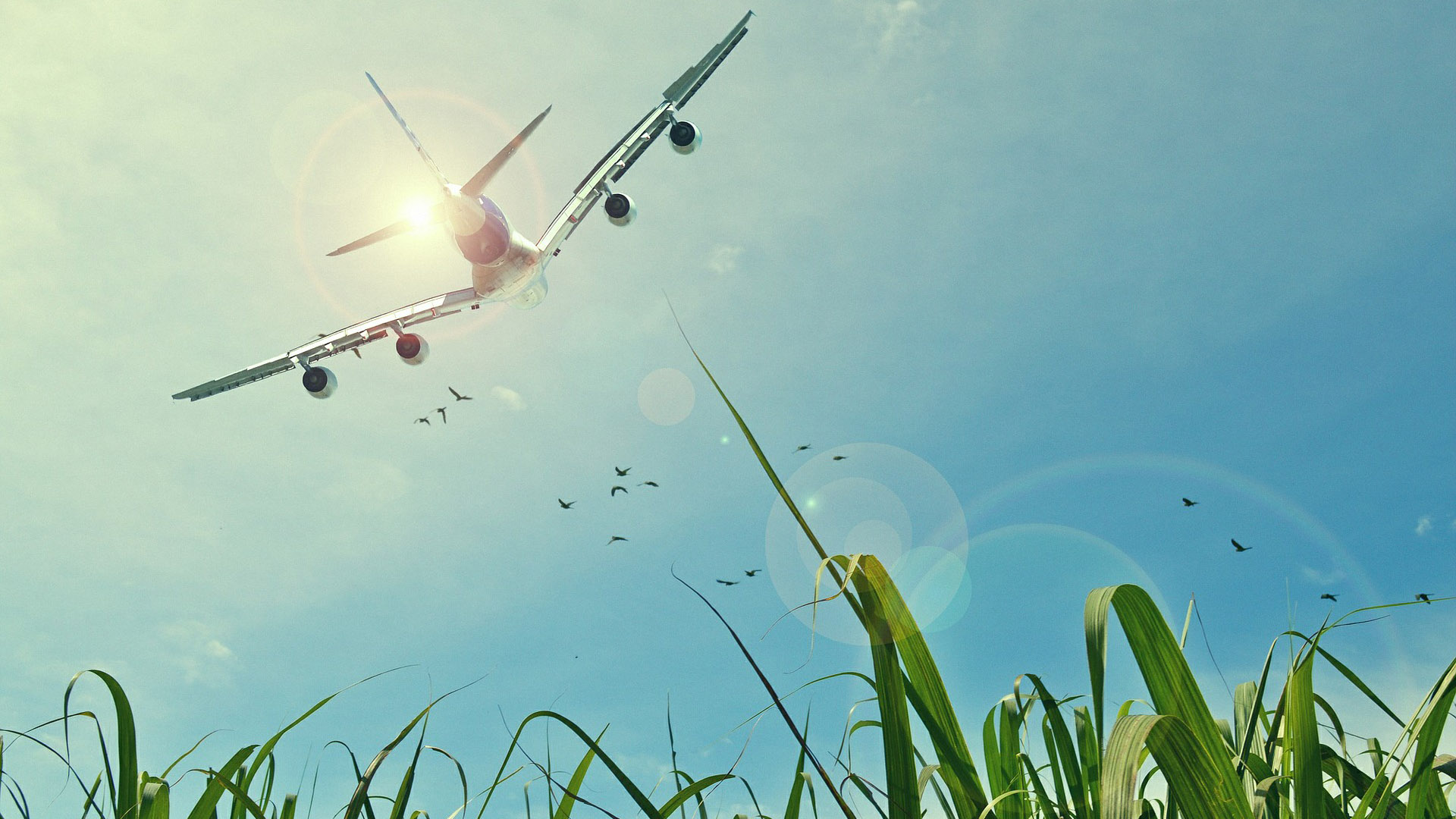
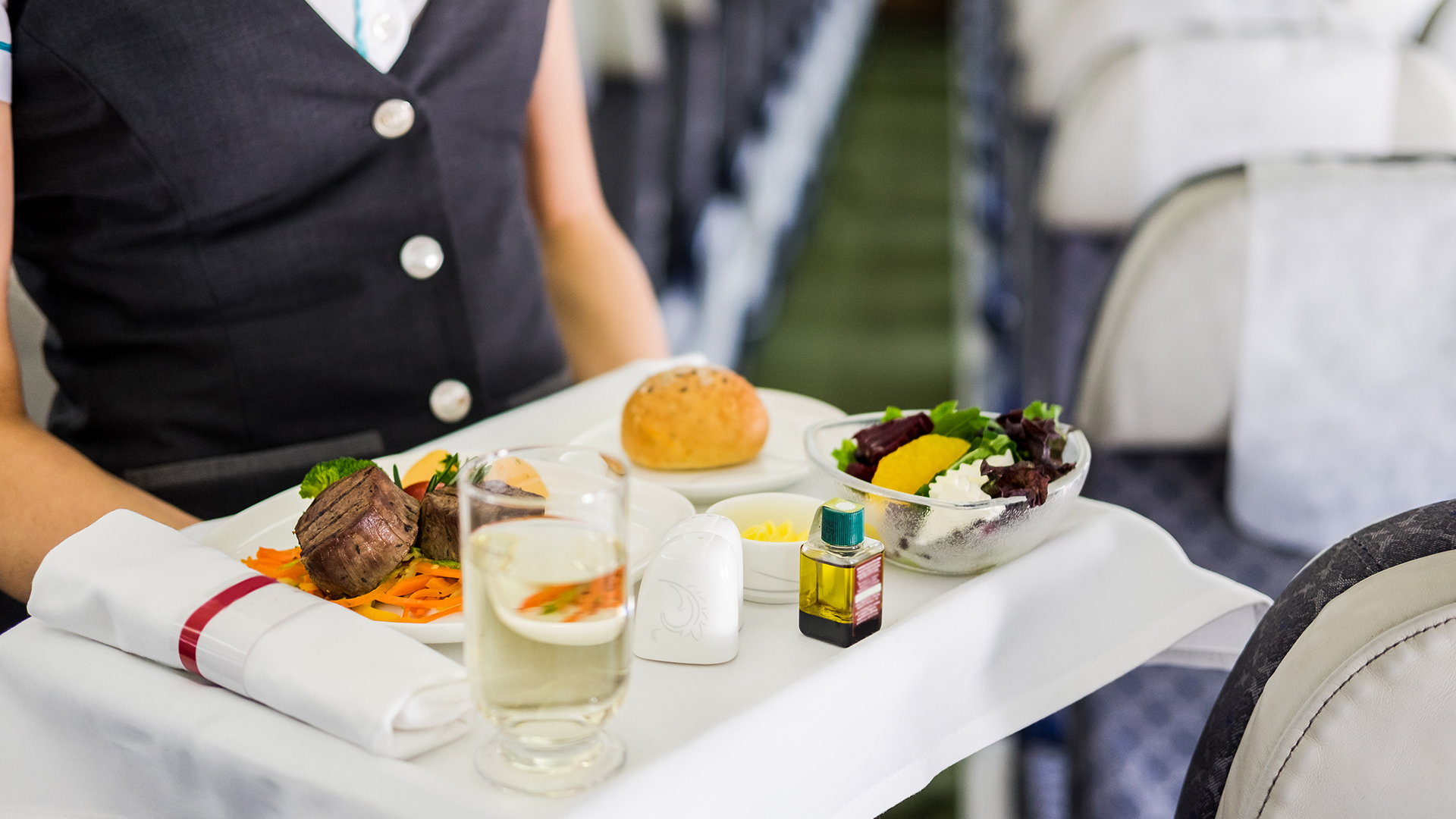
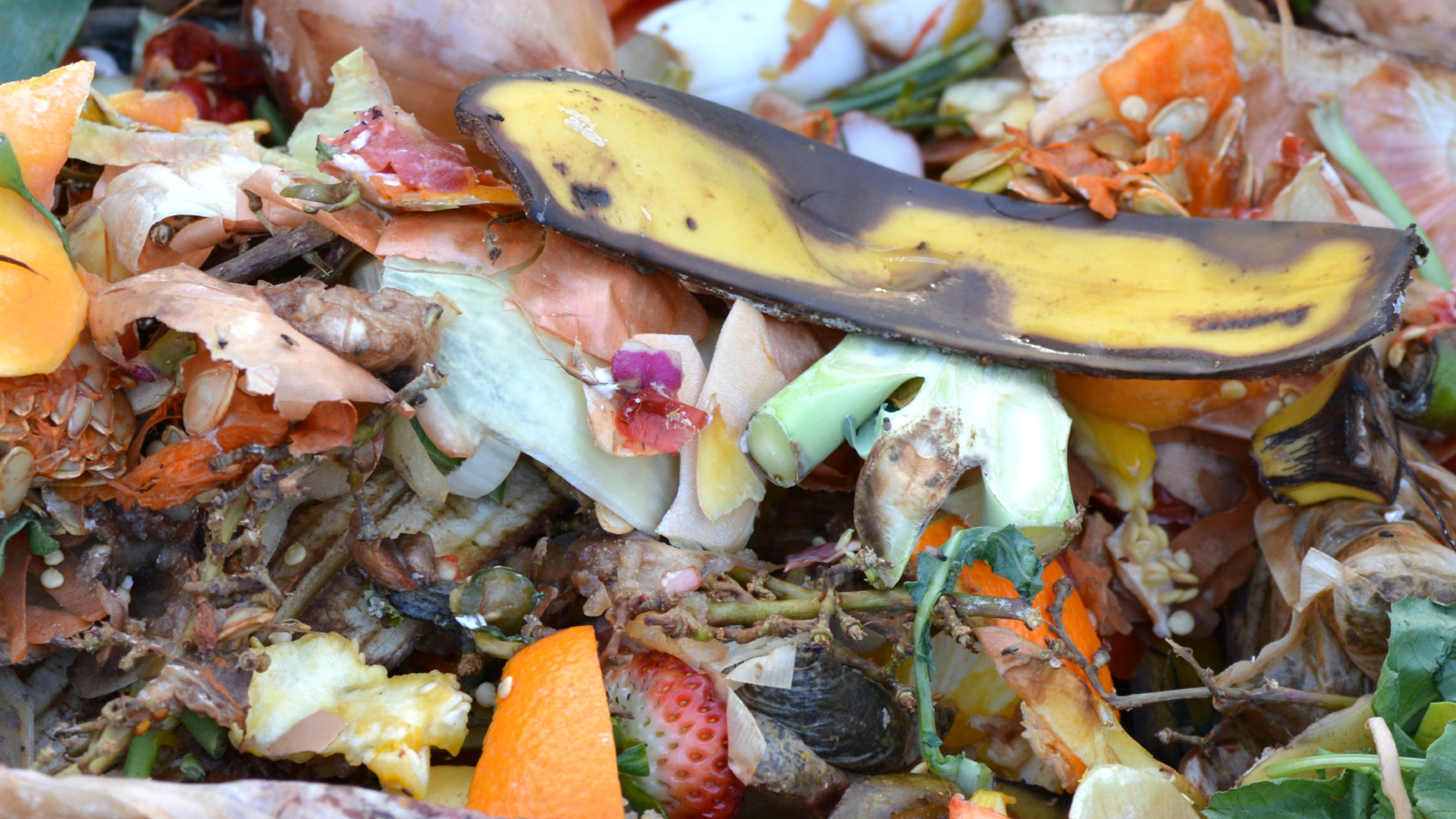
Leave a message